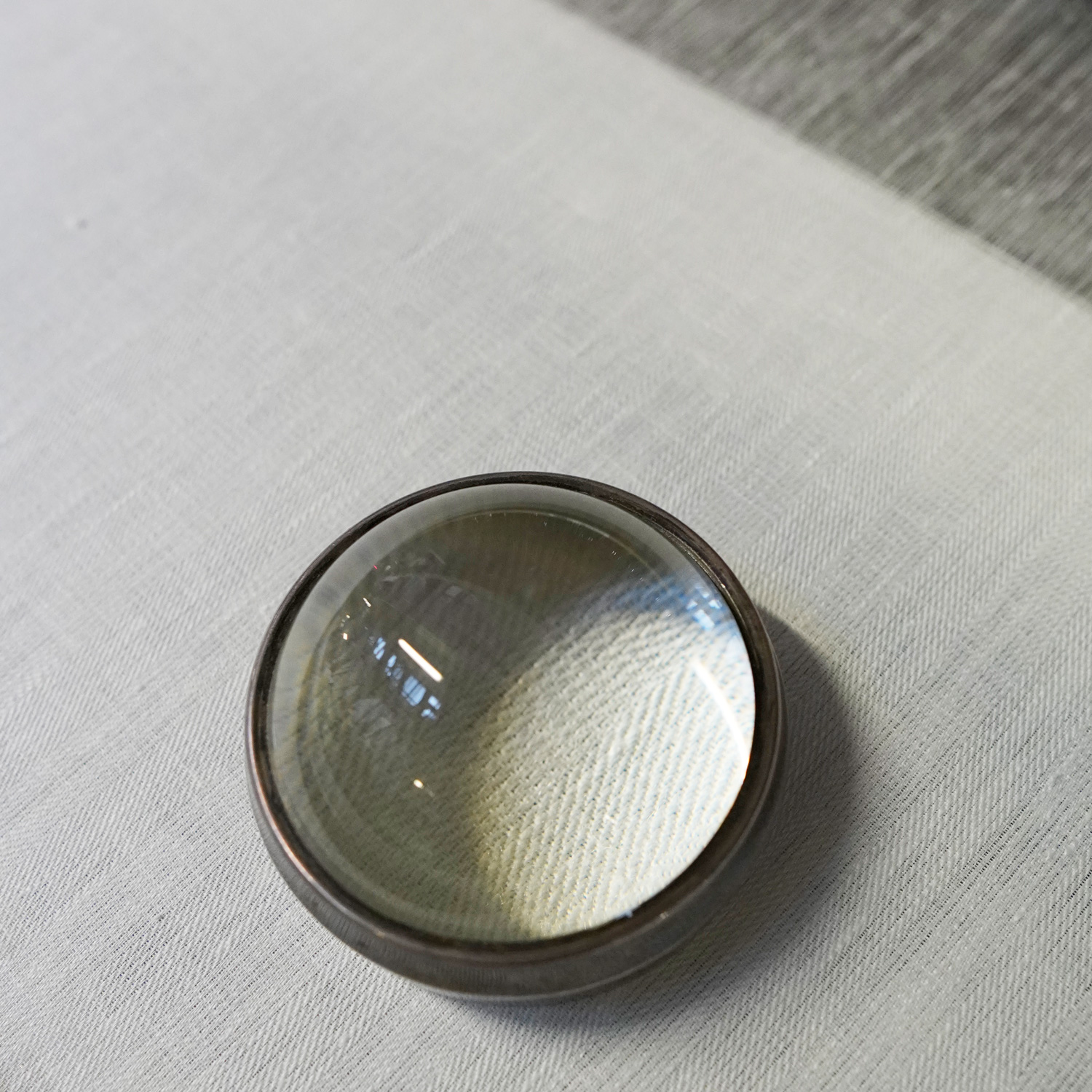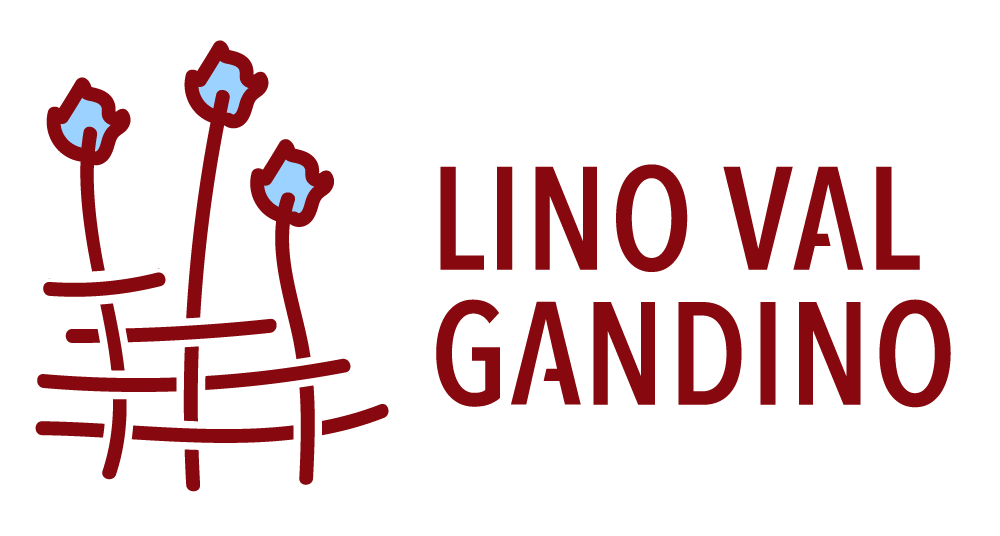LINEN

Comune di Peia (BG) Italy

The linen, one of the most presti - gious fabric known in the Ancient Egypt and in the Middle East, has developed in Bergamo the historic company of the National Woollen Mill and Canvas Factory (Linificio Canapificio Nazionale), still located in Villa d’Almè. Founded in 1873, today the company is completely controlled by the Gruppo Marzotto, which enriches its range of clothing and home furniture with this fabric. Thanks to Giorgio Rondi’s advice, the National company has followed the linen spinning in every step.

Regarding the management of the project, the aim was to produce a more sustainable yarn, combining tradition and innovation. It has been planted and harvested in an ancient way (without chemical operations nor phytosanitary tre – atments) and worked with inno – vating machines, but in the most traditional ways. The crop cycle, favoured by the weather condi – tions, did not show any particular problem, until the flowering. The wild herbs grown, at a later time, have caused complications with the tearing of the stems, a manual process.






The following maceration has been accelerated by the August raining and in September the industrial stage of the spinning has been launched.
The Company leaned on the experience of the Terre de Lin Company, in Normandy, for the process of dividing the hemp fibre and for the preparation with the packaging. The heterogeneity of the fibre has led to a long process of homogenisation during the preparation. In order to arrive to the waving phase, it has been necessary to create two titrations: Nm20 and Nm39, in which Nm means the number of kilometres of the yarn on a 1 kg stronghold. In the last century the Company has already worked at the production of a yarn for creating copies of the Shroud, using techniques as similar as possible to the ones used 2000 years ago.
The complexity of the whole project, then as to – day, was not about obtaining the commodity from Egypt or Sirya, nor the weaving on the loom, but rather the transformation process from the fibre into the yarn.





In November 2020, Torri Lana 1885 took charge of the yarn and launched the weaving in his own production centre, located between Gandino and Peia. The warp was made with white linen yarn 1/8, Nm 39, with a reduction of 36 threads per centimetre. For the texture they used a titration Nm20, while for the reinforcement they made a fishbone of 32/33 grades on the longitudinal axis. The weight of the fabric is about 230 grams per square metre, a brilliant result compared to the original Holy Shroud.





